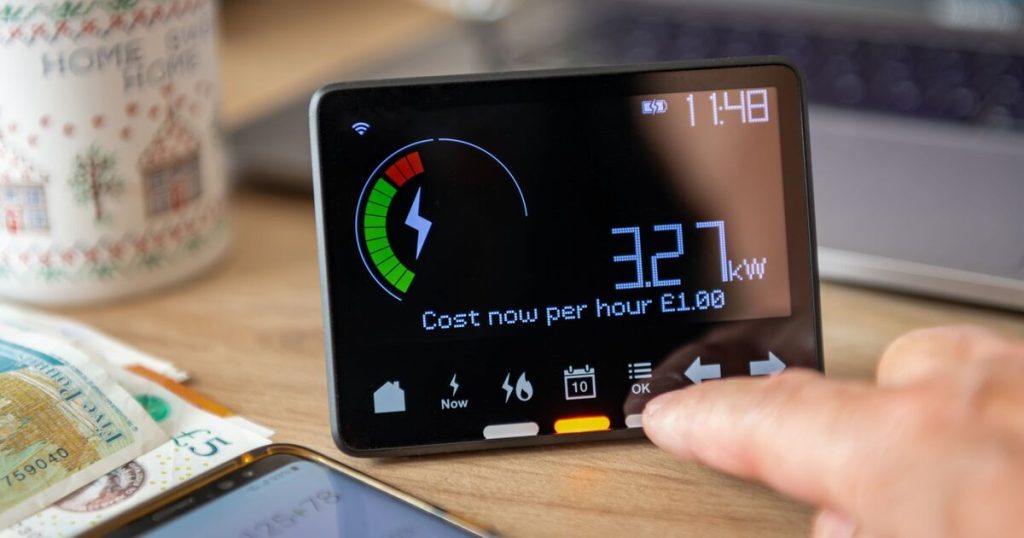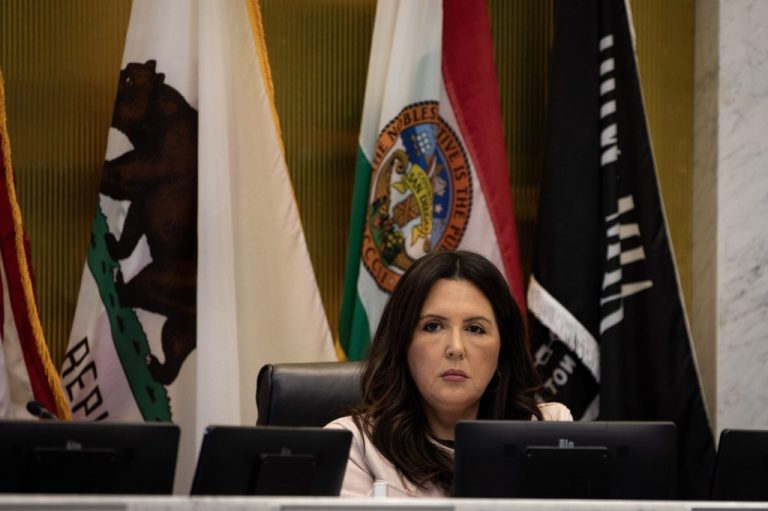
Approximately 600,000 energy customers have been alerted to potential disruptions due to changes in licence conditions for Radio Teleswitch Service (RTS) meters. These traditional electricity meters, which use radio signals to switch between peak and off-peak rates, were first introduced in the 1980s.
However, industry regulator Ofgem has confirmed that these meters will be completely phased out in the UK by June 30, 2025. This means that around 600,000 customers who still use RTS meters could lose access to their electricity.
Ofgem has assured that the new licence conditions will ensure customers are “treated fairly and have an alternative meter in place following the end of RTS from 30 June 2025”. The regulator warned that customers with an RTS meter could face disruption unless electricity suppliers arrange suitable replacements ahead of the shutdown.
It’s crucial to note that once RTS meter support ends, suppliers will not be able to supply electricity to premises still relying on RTS technology. Additionally, suppliers must take all reasonable steps to replace RTS meters within 30 working days when a consumer switches supplier.
Customers worried about steeper electricity bills upon transitioning from Radio Teleswitch Service (RTS) needn’t worry; Ofgem has assured them of protection. The regulatory body insists on all reasonable measures to guarantee that new tariffs for ex-RTS customers do not leave them worse off than before.
How to check if you have an RTS meter
Mostly, it’s straightforward to spot one in your home. Look out for a “Radio Teleswitch” label on the switch box either adjacent to or housed within the meter setup. Uncertainty can be swiftly cleared up by contacting your energy provider, who can confirm your meter type. Helpful hint: you might hear RTS meters referred to as dynamically teleswitched (DTS) meters too.








